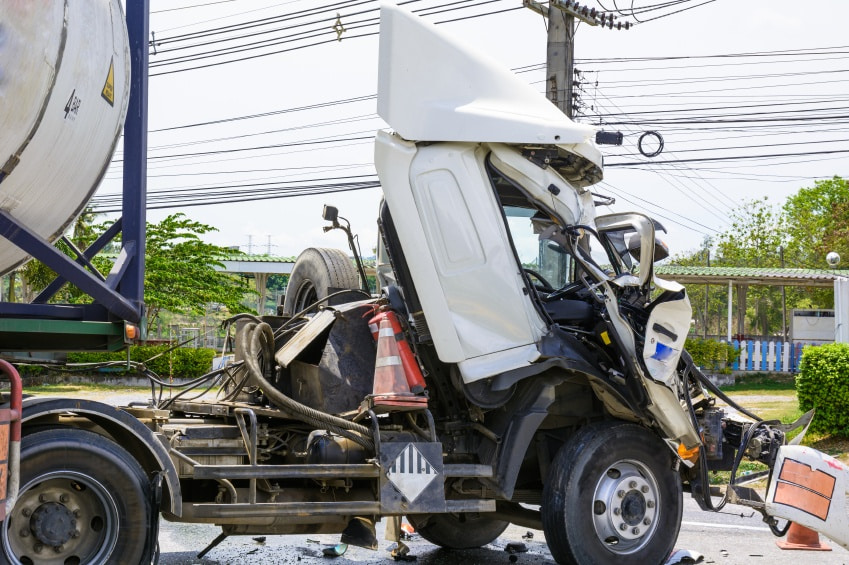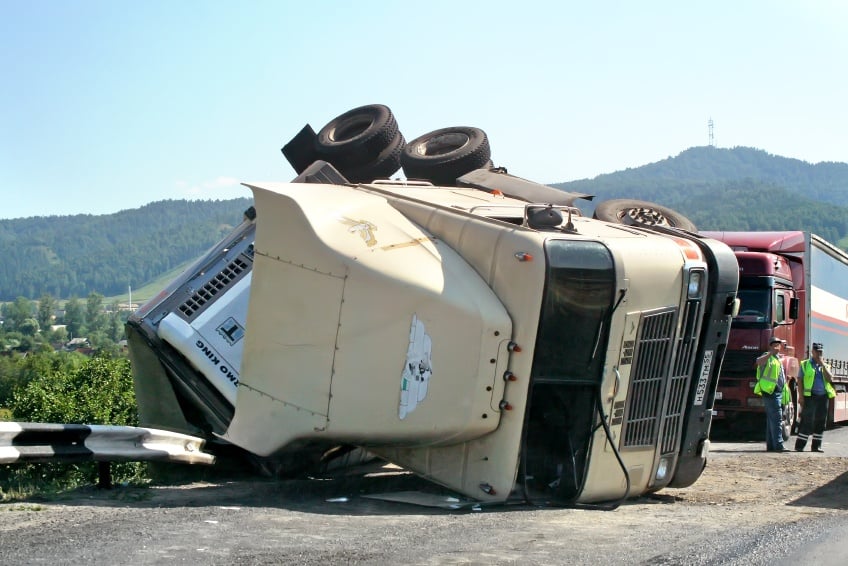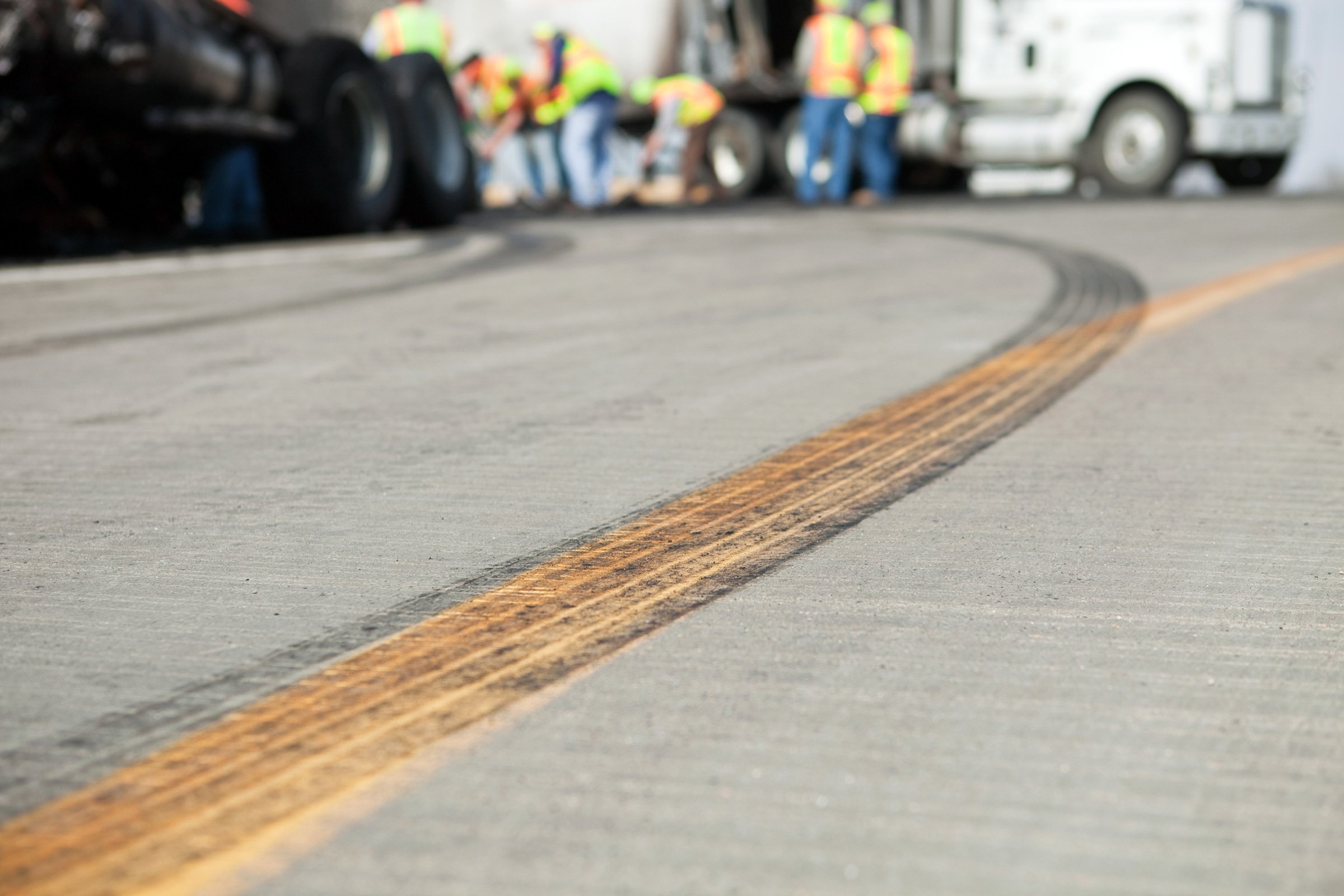Crashes Do Happen: Tips on Driver Conduct at a Crash Scene

At some time in the future, you may be involved in a vehicle crash. These situations can be stressful and confusing. Before these situations occur, it is important that you understand driver conduct at a crash scene. Remember to be polite and courteous at the scene of a crash. Admit nothing, promise nothing, and do not argue. Do not discuss the crash with anyone except the police and representatives from your own company. Any statements you make may later be used against you; so do not offer any theories, reasons, or excuses to explain why the crash happened. Follow these guidelines:
- Stop. Failure to stop at the scene of a crash in which you are involved is a criminal offense.
- Protect the scene: Turn on your 4-way flashers.
- Set out emergency reflectors to warn approaching traffic.*
- Assist the injured. Provide first aid where needed, only if you are trained to do so. Do not move the injured unless it is absolutely necessary to prevent further injury. To reduce shock, keep anyone injured warm and quiet. Wait for competent emergency personnel to handle removal and treatment of injured persons.
- Notify the police. Let them know of any apparent injuries or fire hazards at the scene.
- Notify your company. Let your company or dispatch know of the crash and any probable delays in delivery.
- Get and document all the facts. You should have a crash report kit in your vehicle to record crash details. Get the name, address, and phone number of witnesses. Get needed information from anyone else involved in the crash, including insurance information, passenger names, and addresses. This information is appropriate even if the crash appears to be minor or without damage.
- Take photos. If you have a camera or cell phone and it is safe to do so, take photos from several angles of the damage to other vehicles or property. Get photos of the roadway or signs that may have contributed to the crash. If witnesses do not want to get involved, take pictures of their license plates so they can be identified and contacted.
- Protect any cargo and equipment. Avoid leaving your cargo and equipment unattended, except in extreme emergencies.
*One approximately 10 feet from the vehicle in the direction of approaching traffic, one approximately 100 feet from the vehicle in the center of the traffic lane or shoulder occupied by the truck, in the direction of approaching traffic, and one approximately 100 feet from the vehicle in the center of the traffic lane or shoulder occupied by the truck in the direction away from approaching traffic.
The information in this article is provided as a courtesy of Great West Casualty Company and is part of the Value-Driven® Company program. Value-Driven Company was created to help educate and inform insureds so they can make better decisions, build a culture that values safety, and manage risk more effectively. To see what additional resources Great West Casualty Company can provide for its insureds, please contact your safety representative, or click below to find an agent.
© Great West Casualty Company 2018. The material in this publication is the property of Great West Casualty Company unless otherwise noted and may not be reproduced without its written consent by any person other than a current insured of Great West Casualty Company for business purposes. Insured should attribute use as follows: “© Great West Casualty Company 2018. Used with permission by Great West Casualty Company.”
This material is intended to be a broad overview of the subject matter and is provided for informational purposes only. Great West Casualty Company does not provide legal advice to its insureds, nor does it advise insureds on employment-related issues. Therefore, the subject matter is not intended to serve as legal or employment advice for any issue(s) that may arise in the operations of its insureds. Legal advice should always be sought from the insured’s legal counsel. Great West Casualty Company shall have neither liability nor responsibility to any person or entity with respect to any loss, action, or inaction alleged to be caused directly or indirectly as a result of the information contained herein.




